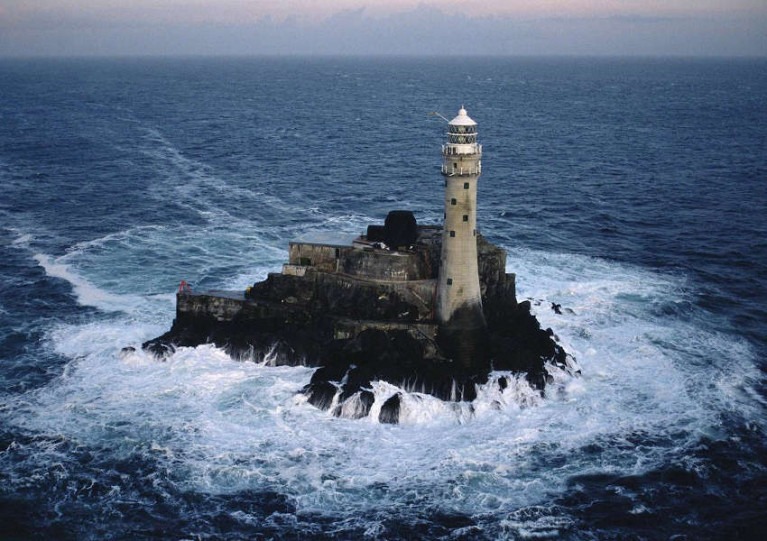Displaying items by tag: Baltimore Harbour
West Cork Man Swims To Fastnet Rock In 40km Ocean Challenge
West Cork man Steve Redmond has become the first person to swim non-stop from Baltimore Harbour to Fastnet Rock and back, as RTÉ News reports.
The 54-year-old endurance swimmer had to content with jellyfish stings and strong currents in the cold sea water as he made the round trip to the iconic offshore island and lighthouse.
But he was also joined by some curious minke and humpback whales as he strove to complete the 40km challenge in 15 hours and 35 minutes yesterday evening, Monday 20 July.
Redmond is no strange to breaking records, however, as he was previously named World Open Water Swimming’s Man of the Year for 2012 after he completed the Oceans7 Challenge — the sea swimming equivalent of climbing the world’s seven highest peaks.
This is what exhaustion and elation look like, in a 5-second video. Steve Redmond @iswimcoldwater set out at 4.30am from #Baltimore to swim to the #Fastnet and back. 15 hours 35 minutes later he arrived back. “First time it’s been done; now I understand why,” he says... @rtenews pic.twitter.com/cMANhi4IrX
— Paschal Sheehy (@PaschalSheehy) July 20, 2020






























































